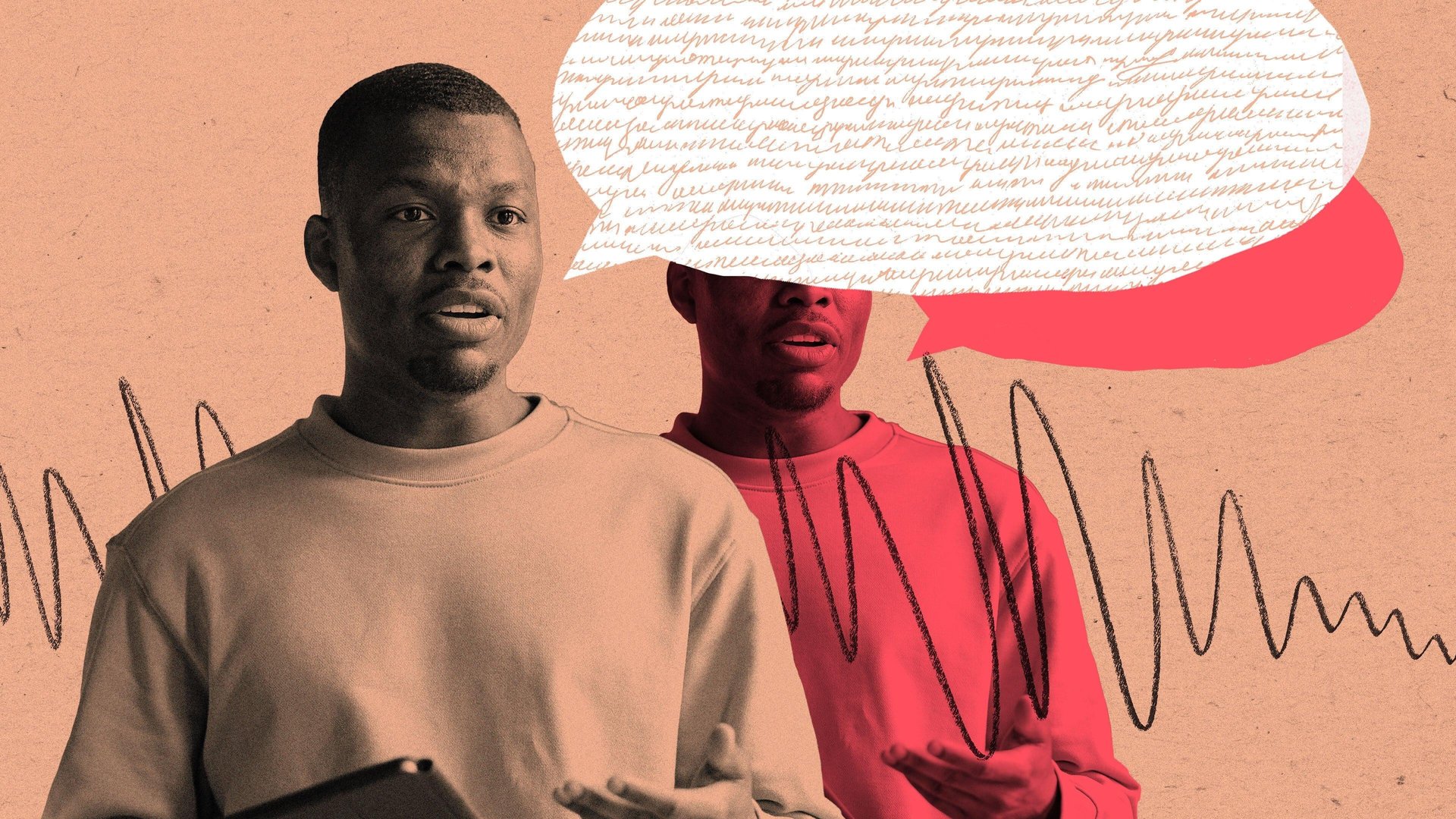Black workers still see code-switching as necessary to their career success
DEI initiatives and diverse leadership aren't enough to end the harmful practice for workers of color, Indeed finds

Recent years have given rise to the idea of bringing your authentic self to work, but employees of marginalized backgrounds are still hesitant to be their whole selves on the job. So they code-switch.
Suggested Reading
Code-switching — or the practice of changing your tone, expressions, body language, or appearance to fit in with a dominant culture — has long been documented among workers from marginalized groups, particularly among people of color. New data shows that those workers not only code-switch to fit in, but also see it as necessary to having a successful career.
Related Content
In a new survey released today (Feb. 1) by Indeed, more than one in four Black workers said they think code-switching is vital. Additionally, half reported that not code-switching would have a negative impact on their professional lives.
The statistic is larger than diversity officers and employers should hope for, since code-switching is tied to worker burnout.
All the ways workers code-switch
Research has found that code-switching gives people from stigmatized racial groups better chances of being hired and promoted, especially among the Black labor force. The practice has been the centerpiece of discussion in books, podcasts, movies, and studies when it comes to racism in the workplace.
Workers of color who code-switch to conform to the white majority can experience emotional distress and other negative psychological effects. When they feel pressured to code-switch, they can feel devalued and less motivated to commit to their company, HBR found. And sometimes employees of color aren’t even aware of the toll it’s taking on them, said Jessica Hardeman, who leads Indeed’s diversity initiatives.
DEI and diverse leadership alone can’t stop it
While Black Lives Matter in 2020 protests prompted organizations to rethink the way they handled race and identity — and sent off a sprint to announce diversity, equity, and inclusion (or DEI) intitiatives — those efforts haven’t been successful in stopping code-switching, said Hardeman.
Even working under BIPOC (or Black, Indigenous, and other people of color) leaders didn’t prevent workers of color from seeing code-switching was necessary.
“Representation in leadership alone really isn’t enough to curb the need that people feel to have to code-switch,” said Hardeman. And even so, she noted, many DEI programs are being scaled back. More, not less, investment in DEI is needed to tackle real shifts for inclusion. “It’s not something that can be magically fixed or resolved. This is something that will take time and effort from the leaders across any company or organization,” she said.
Hardeman noted that white colleagues should educate themselves, “remembering that we don’t want to put the burden on the folks that are impacted the most.”
Leaders of color, too, can model the shift from code-switching for their colleagues. As a Black woman, Hardeman recalls how her coworkers helped relieve the pressure to code-switch for her. “I’ve been on a call and there’s been somebody else on the call who’s also underrepresented...I hear them not put on [a different] tone,” she added. In that way, leaders and managers can empower other employees to feel less of a need to code-switch.